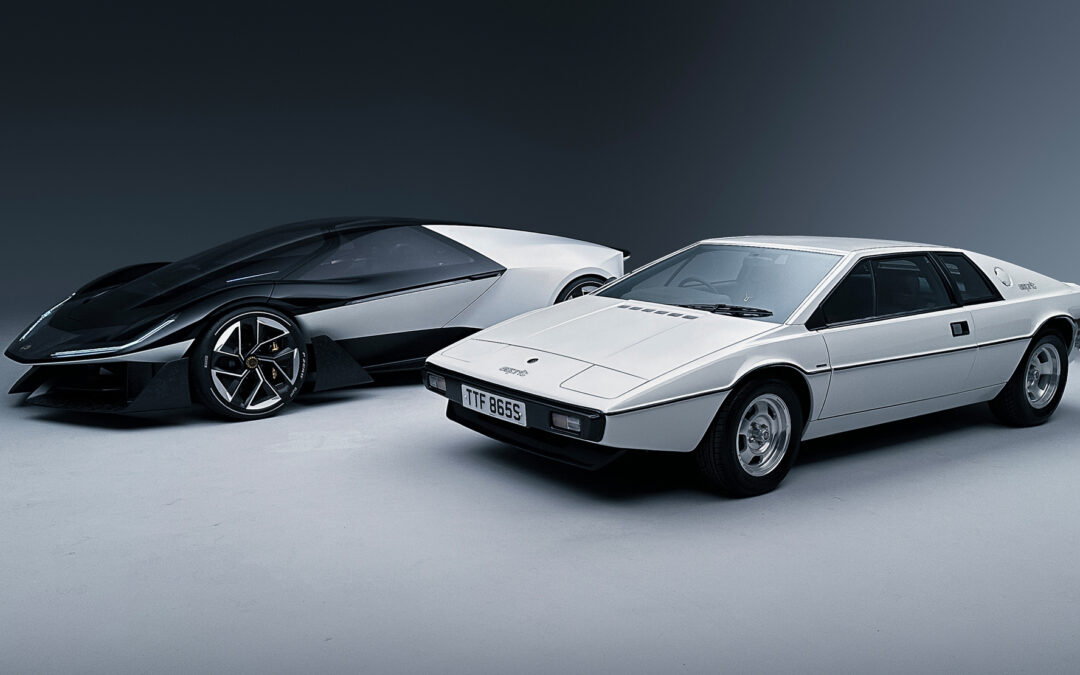Return of the Lotus Esprit? It could well happen
Lotus has done some very odd things over the years – but letting this opportunity slip would top the lot
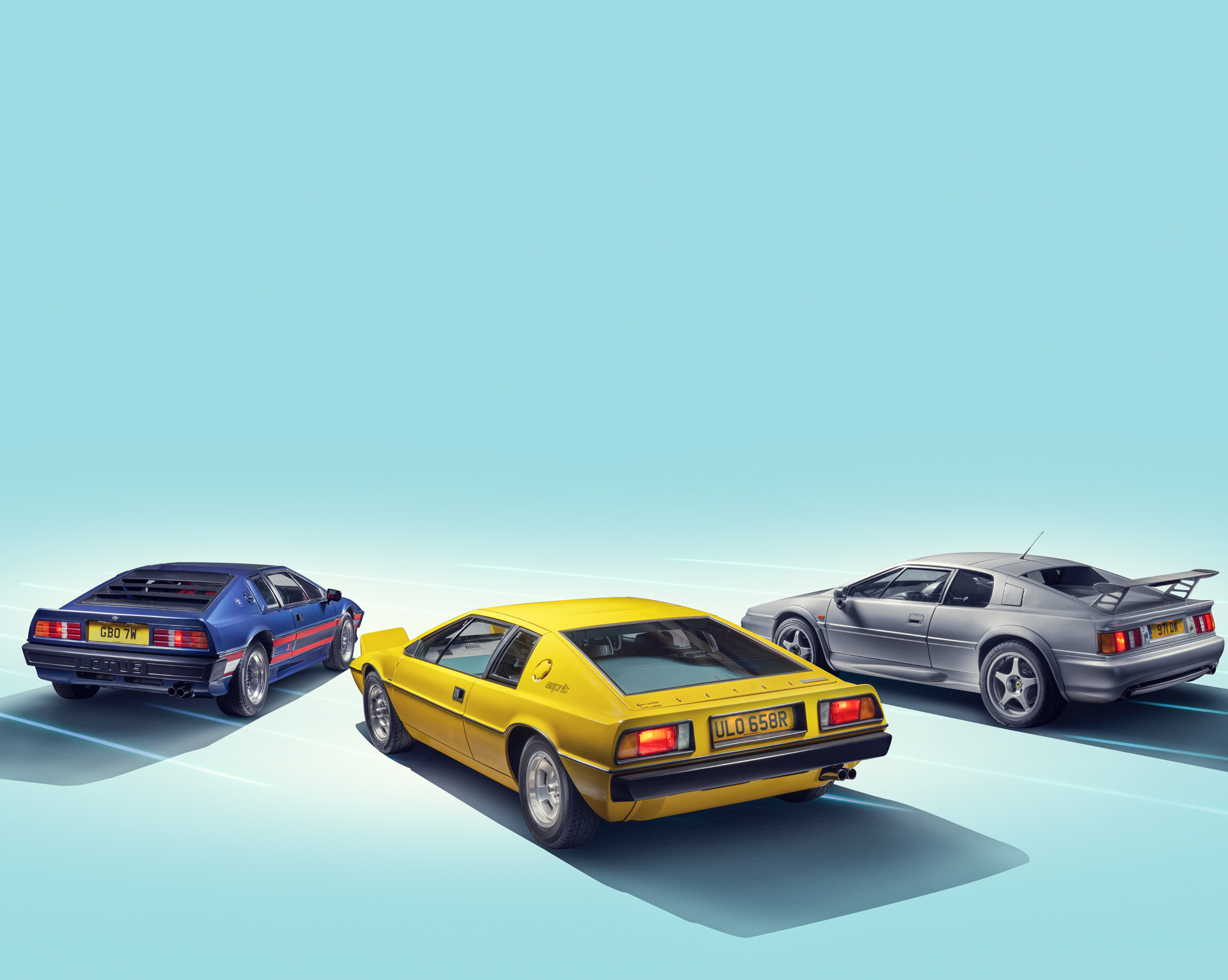
Fifty years after it was first launched at the 1975 Paris motor show, there’s so much love going round for the Lotus Esprit, it begs the question: why doesn’t Lotus just go ahead and scratch that itch? Why not launch a new one?
There have been plenty of false starts over the years, most famously in 2010, when the then-CEO, Dany Behar (ex-Red Bull marketing guru) trolled us all by unveiling not one, not three, but five new Lotus concepts at the Paris show. They included a sharp-looking next-generation Esprit, ‘on sale in 2013’ we were told. Yikes. It didn’t happen, and Lotus barely survived that era.
Then there were the ‘New Esprit in 2020’ headlines in 2018, and the ‘Esprit Successor with Hybrid V6!’ rumours in 2020. All fake. Yes indeed, it’s been a long, sad road of disappointment for Esprit fans.
‘But even if the days of the 1970s cheese wedge are over, that doesn’t stop Ben appreciating the original S1 Esprit’
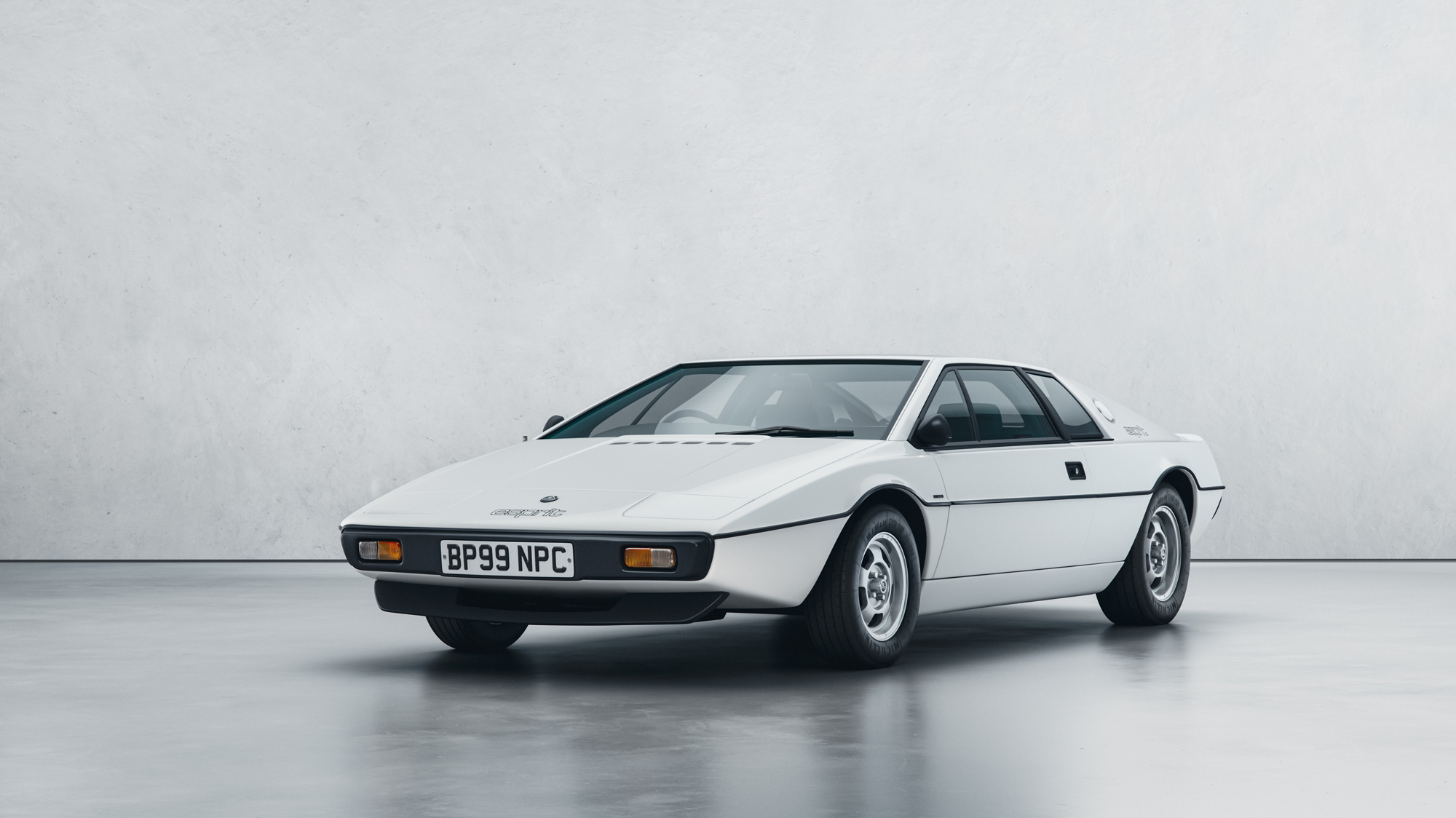
But cheer up! Lotus now has Chinese backing and last year it unveiled its arrow-nosed Theory 1 concept – which wasn’t called the Next-Gen Esprit Concept but it might as well have been. Wedge-shaped and white, the signalling was clear.
So in light of CAR’s 50th anniversary Esprit celebration in the latest issue, we caught up with Ben Payne, vice president of design at Lotus and the man behind the Theory 1, to ask: is there going to be another Esprit? And if so, will it look like a 1970s white wedge?
‘I think if you tried to do something utterly flat and sheer in the ’70s style and started to put modern tech and modern wheels on it, it would quickly become a cartoon,’ Ben tells me. ‘So I don’t believe in doing a pastiche. Lotus has always been about revolution, not evolution. [Lotus founder] Colin Chapman was all about what was coming next.’
But even if the days of the 1970s cheese wedge are over, that doesn’t stop Ben appreciating the original S1 Esprit.
‘Look at the other cars [Esprit designer Giorgetto] Giugiaro was doing at that time,’ Ben points out. ‘Think about the VW Golf Mk1 or the first-generation Panda. These are pure, simple and beautifully executed designs that are so hard to do. You know, when a car has literally nothing about it, getting the proportions right is absolutely essential. It’s very hard to do something like that – something so pure – and make it sit correctly.

Ben Payne, vice president of design at Lotus and the man behind the Theory 1
‘With the Esprit, it was dogmatism from Giguiaro to say “No! Only one line through the car!” It’s almost a wedge from every view. In profile it isn’t quite one line from the nose to the screen, but in your head it is, so it’s as close as it needs to be. It’s so dogmatically executed, and to do that it needed the single-minded approach of Giugiaro and the futurism of Chapman to say “Yeah, why not?”
‘Cars of that era have a visual lightness,’ he goes on. ‘With sports cars today, everyone talks about how they’re stuck to the floor, but the Esprit doesn’t do that. The Esprit very much looks like it’s flying above the ground – that one line that runs through the car is relatively high and the nose section is flying. It’s like an aeroplane. People don’t do that do any more.’
I suggest to Ben that the Theory 1 shows that Lotus is at least exploring the wedge again, even if it’s not the flat-surface, 1970s-cartoon approach. He insists the Esprit was only one of the team’s inspirations.
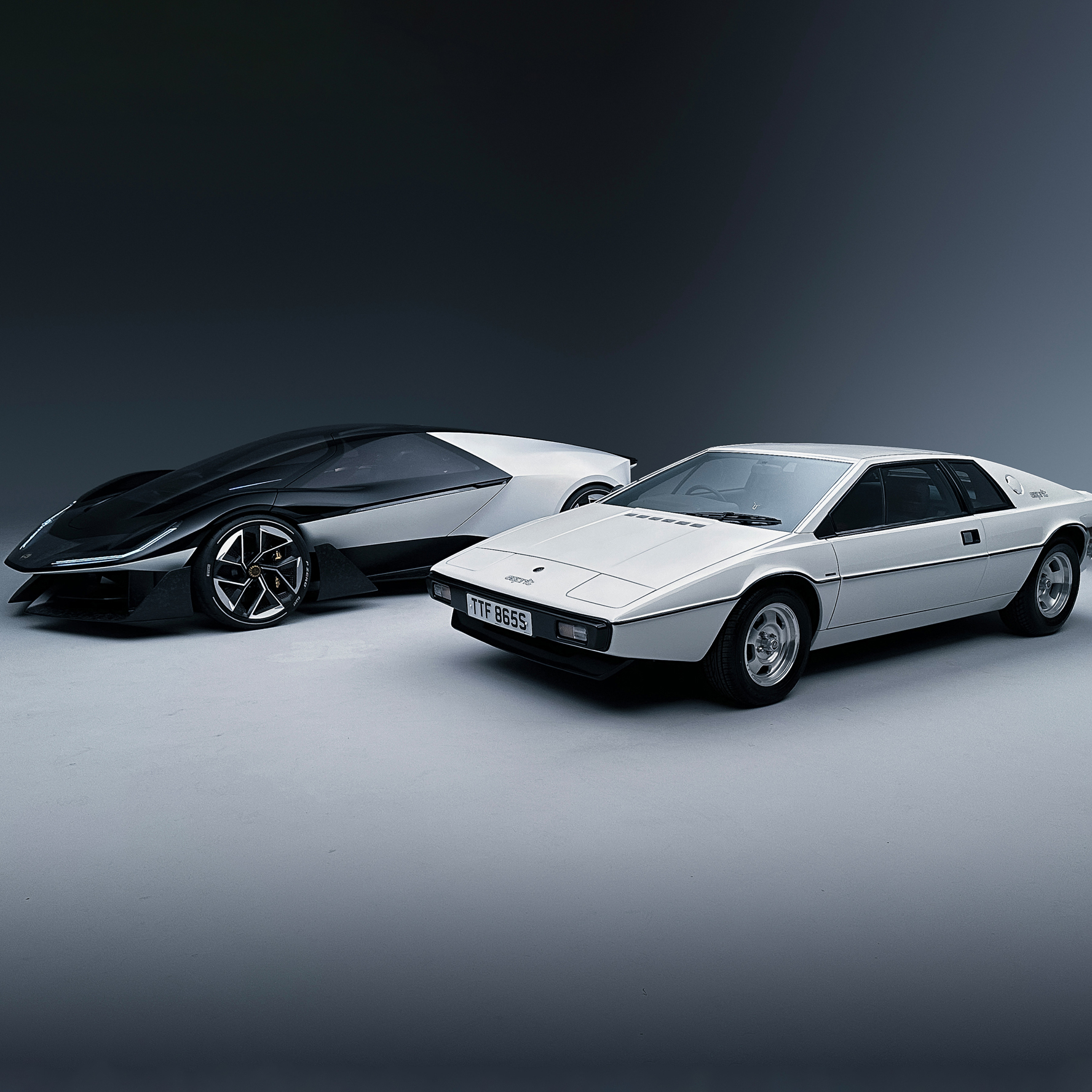
‘We had a group of muses, if you like,’ Ben explains. ‘There are a number of technical references in the car that come from Formula 1, derived from the Type 72 [the championship-winning F1 car of 1970]. There’s the structural revolution of the Lotus 49, using the engine and gearbox as stressed parts of the car, doing away with sub-structures – so we’ve done that with the active rear-wing system that’s mounted directly to the suspension. From the aesthetic point of view, the Esprit is a big part of it – the wedge and that one line running through the car.
‘On the Esprit S1, that black rubber strip was covering a joint between two GRP panels, so it’s functional, it’s not a styling line. With Theory 1, we’ve taken that one line around the car and embedded all the clutter that can come from digital systems and the latest generation of intelligence and safety, in terms of cameras and lidar. Even the door handles are embedded in that strip.
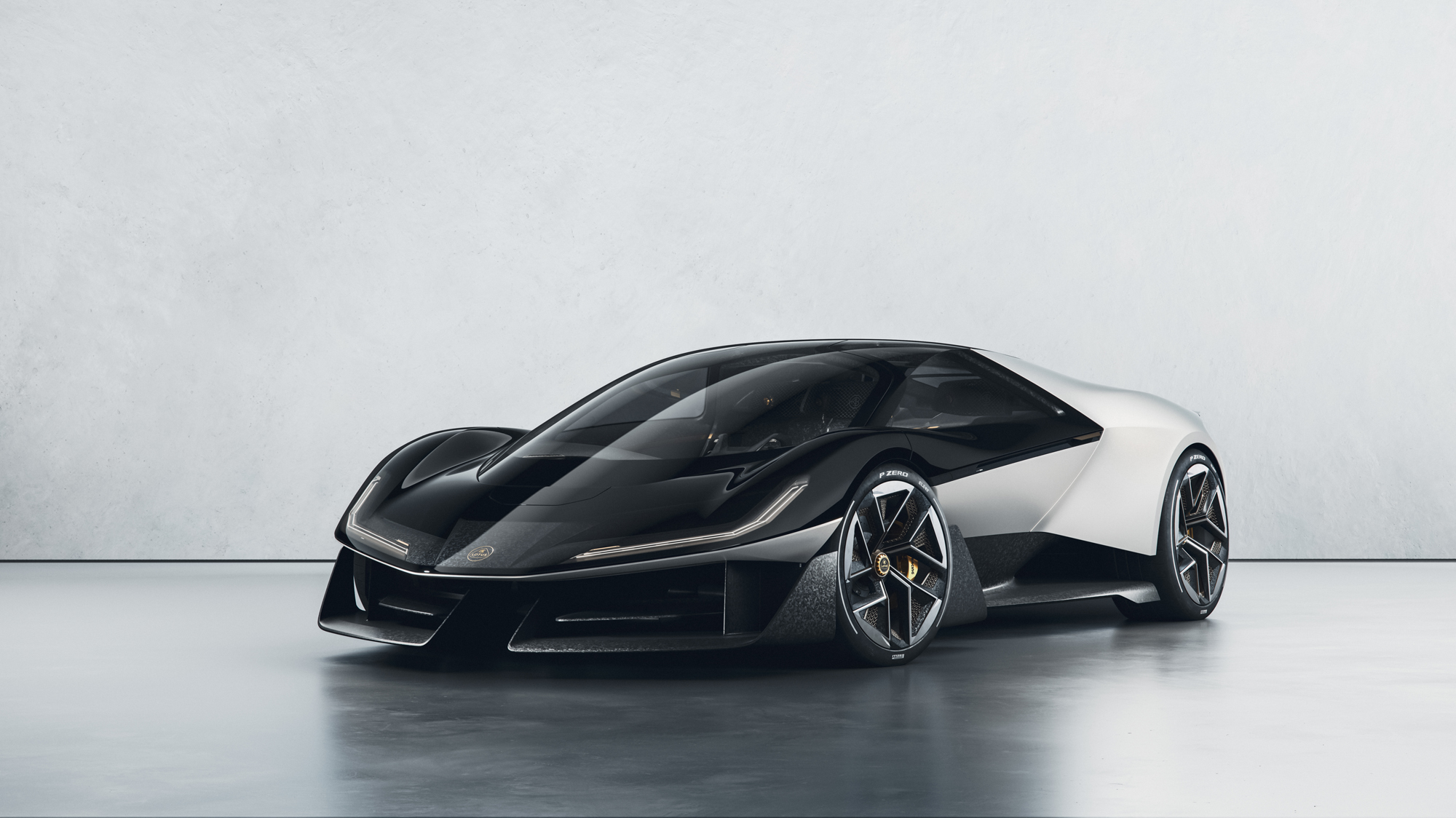
‘But it’s not all sheer and faceted. It’s got the graphical simplicity of the Esprit, with that quite large, dominant C pillar, and that nose section that flies above the ground. But it’s a bit more expressive in nature, in terms of the muscularity. For me, that is the Lotus 11 [the curvaceous 1950s sports racer] – utterly beautiful and pure again. So it’s a combination, taking the wedge but not going everything flat, combining muscularity with a graphical simplicity.’
I love the Theory 1, with its ruthlessly minimalist interior, a windscreen that stretches right down to the pedal box and three-seat, central-driver cabin. So I have to ask – is this going to be the new Esprit? Ben laughs and there’s a long, pregnant pause.
‘Look,’ he says, ‘people always ask the question.’ Ben smiles. ‘There’s always a desire to bring the Esprit back, at some point in time.’
And then there’s another pause. So… we can take that as a yes then? This time, I really don’t think they’re trolling us.

